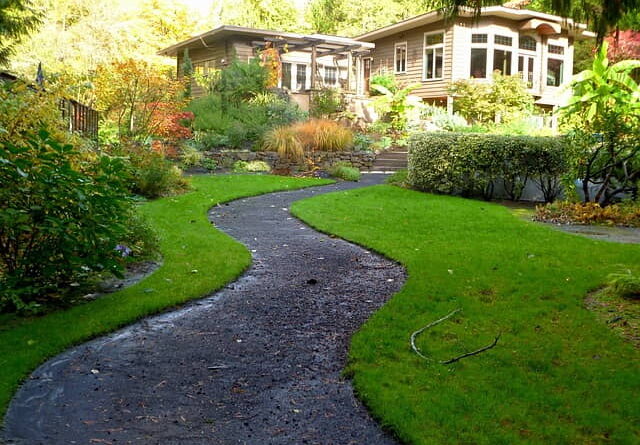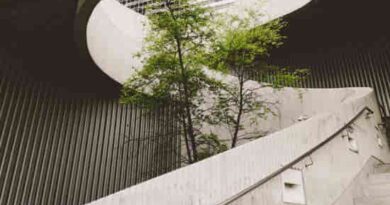Garden Bliss: A Guide to Beautiful and Practical Landscape Design
Introduction
Landscape design is more than just creating a visually appealing outdoor space; it’s about striking the perfect balance between aesthetics and functionality. A well-designed residential landscape not only enhances the beauty of a property but also adds practical value to it. In this article, we’ll explore the key principles and considerations that landscape designers take into account when creating outdoor spaces that seamlessly blend beauty and functionality.
Understanding the Basics: Aesthetics and Functionality
Aesthetics: The Visual Symphony of Nature
When we talk about aesthetics in landscape design, we delve into the visual elements that make a space attractive. This involves the careful selection of plants, colors, textures, and layout. Aesthetically pleasing landscapes evoke emotions and create a connection between the residents and their outdoor environment.

Functionality: Designing for Purpose
On the flip side, functionality is about ensuring that the outdoor space serves a purpose beyond just looking good. It involves considerations such as traffic flow, usability of outdoor spaces, and the integration of practical features like seating areas, pathways, and outdoor kitchens.
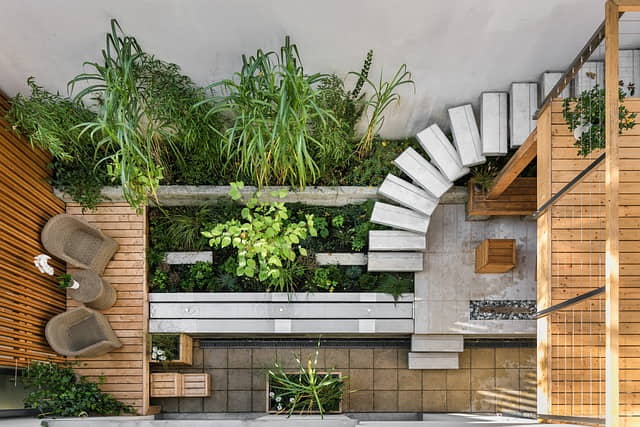
Creating Harmony with Plant Selection
Native Plants: Bridging Beauty and Adaptability
One way to achieve the balance between aesthetics and functionality is by incorporating native plants. These plants are not only visually appealing but also well-adapted to the local climate, requiring less maintenance and resources.

Multi-Seasonal Appeal: A Garden for All Seasons
A beautiful landscape should be a year-round spectacle. Designing with plants that bloom in different seasons ensures that there’s always something captivating to see, whether it’s the vibrant colors of spring flowers or the warm tones of autumn foliage.
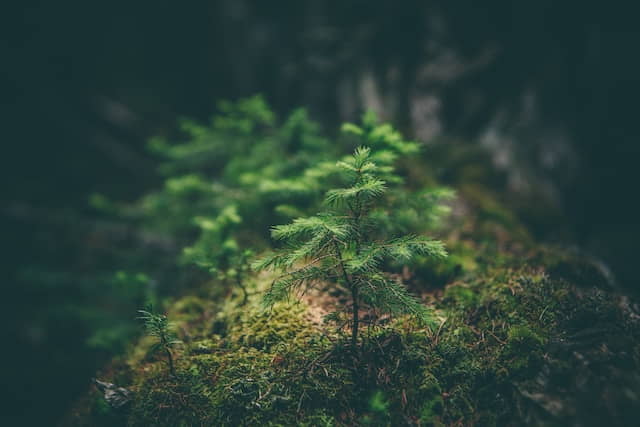
Architectural Elements: Merging Form and Function
Outdoor Living Spaces: Where Comfort Meets Beauty
Integrating outdoor living spaces, such as patios and decks, is a perfect example of marrying aesthetics with functionality. Comfortable and stylish furniture combined with strategic placement enhances the visual appeal while providing functional areas for relaxation and entertainment.
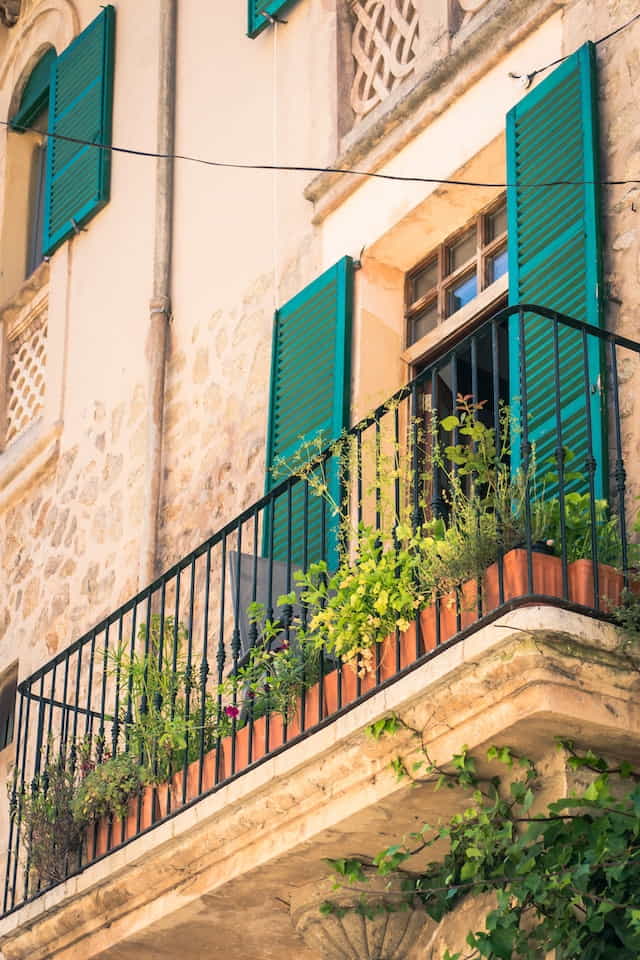
Pathways and Walkways: Guiding Beauty with Purpose
Well-designed pathways not only add an aesthetic dimension to a landscape but also guide traffic flow. Choosing materials that complement the overall design while being durable and slip-resistant ensures both safety and visual harmony.
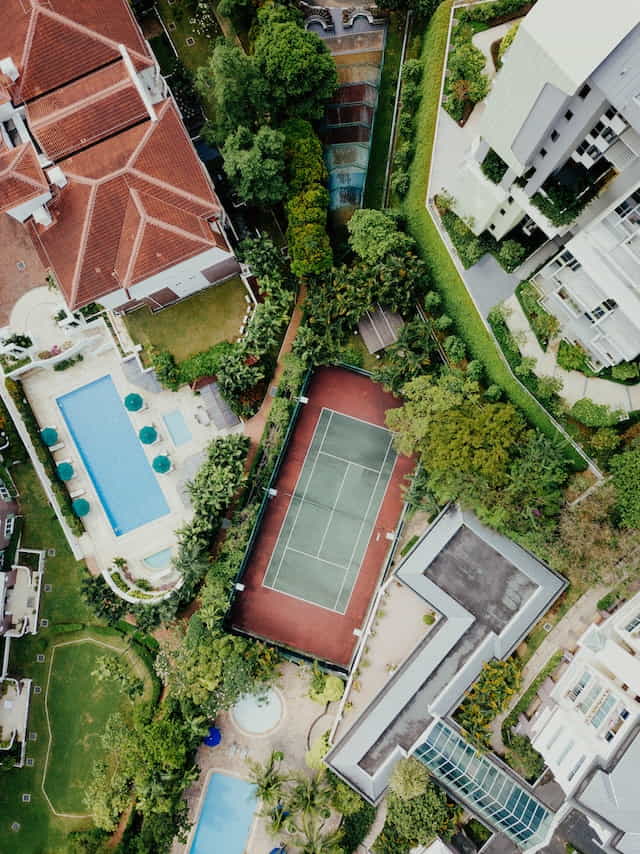
Artistic Hardscaping: The Marriage of Beauty and Durability
Stone Features: A Timeless Elegance
Incorporating stone features, such as retaining walls and fountains, adds a timeless elegance to the landscape. These elements not only contribute to the aesthetics but also serve functional purposes like erosion control and water circulation.
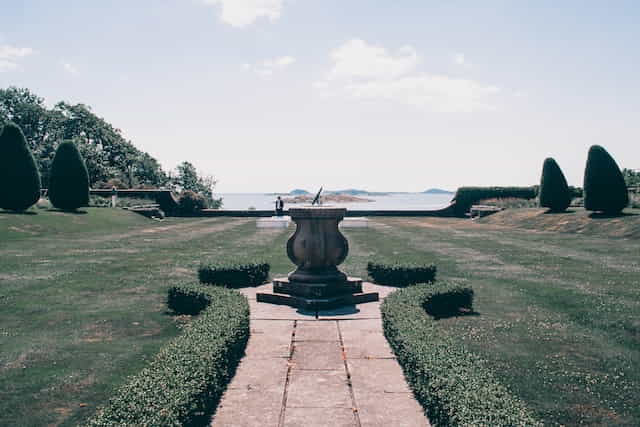
Lighting Design: Illuminating the Night, Enhancing the Day
Strategic lighting design transforms the landscape into a magical realm after sunset. While adding to the aesthetic appeal, it also ensures safety and usability of outdoor spaces during the evening hours.
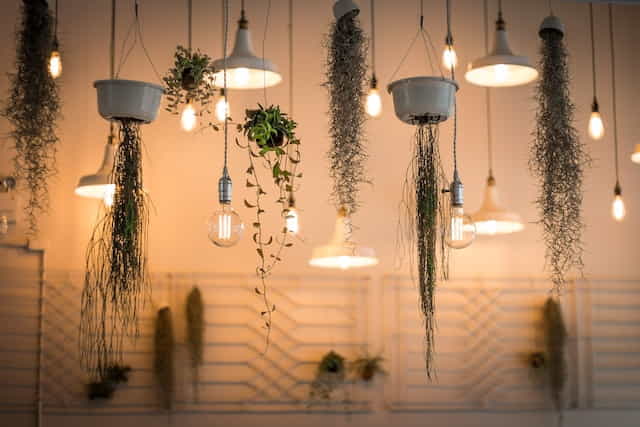
Sustainability: Beauty That Lasts
Eco-Friendly Practices: Nurturing Nature
A sustainable landscape is a beautiful landscape that stands the test of time. Incorporating eco-friendly practices such as rainwater harvesting, composting, and using energy-efficient lighting not only adds to the visual appeal but also promotes environmental responsibility.

Drought-Tolerant Landscaping: Beauty Amidst Water Conservation
Designing with drought-tolerant plants and efficient irrigation systems not only conserves water but also creates a resilient and visually striking landscape that thrives even in arid conditions.
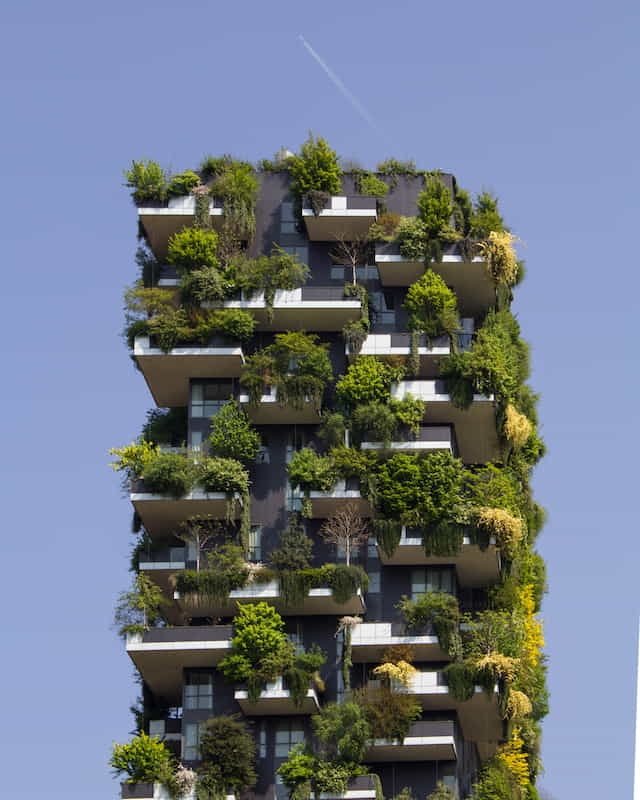
Balancing Act: Tips from the Experts
Scale and Proportion: The Art of Visual Balance
Experts emphasize the importance of scale and proportion in landscape design. Ensuring that elements are proportionate to the overall size of the space creates a harmonious visual balance.
Simplicity in Complexity: A Minimalist Approach
Sometimes, less is more. A minimalist approach to landscaping, focusing on a few key elements, can create a sophisticated and uncluttered look while maintaining functionality.
Personal Touch: Tailoring Aesthetics to Your Taste
Color Palette: Painting Nature’s Canvas
Choosing a color palette that resonates with your personal taste adds a unique touch to your landscape. Whether it’s a vibrant mix of colors or a serene monochromatic scheme, your chosen palette sets the tone for the entire outdoor space.

Garden Themes: Telling Your Story Through Nature
Creating a theme for your garden adds a personal touch and narrative to the landscape. Whether it’s a whimsical fairy garden, a Zen retreat, or a tropical paradise, a themed approach enhances both aesthetics and the overall experience.
Functional Elegance: Integrating Practical Features with Style
Vertical Gardening: Green Walls of Functionality
Vertical gardening not only maximizes space but also adds a modern and artistic flair to your landscape. Incorporating functional elements like vertical herb gardens or wall-mounted planters enhances both beauty and usability.

Smart Irrigation: Effortless Beauty with Water Efficiency
Incorporating smart irrigation systems not only ensures the health of your plants but also adds a tech-savvy and efficient dimension to your landscape. Automated watering based on weather conditions minimizes water wastage while keeping your garden lush.
Community Engagement: Designing for Shared Spaces
Communal Areas: Beauty That Bonds Neighbors
In residential landscapes, communal areas like shared gardens or seating spaces foster a sense of community. Thoughtful design that encourages interaction while maintaining privacy contributes to the overall aesthetic appeal of the neighborhood.
Conclusion
In the world of residential landscape design, the magic lies in achieving the delicate balance between aesthetics and functionality. Each plant, pathway, and piece of furniture should not only contribute to the visual appeal but also serve a purpose in enhancing the daily lives of those who inhabit the space.
Creating a landscape that seamlessly integrates beauty and practicality requires thoughtful planning, a keen eye for design, and an understanding of the unique needs of the residents.
FAQs
Q1: How can I make my small backyard both beautiful and functional? A1: Utilize vertical space with hanging gardens, choose dual-purpose furniture, and incorporate mirrors to create an illusion of space.
Q2: What are some low-maintenance plants that add aesthetic value to my landscape? A2: Consider options like succulents, lavender, and ornamental grasses for low-maintenance yet visually appealing landscaping.
Q3: How can I ensure my outdoor lighting is both functional and beautiful? A3: Opt for fixtures that complement the overall design, strategically place lights for safety, and consider solar-powered options for eco-friendliness.
Q4: Is it possible to have a pet-friendly landscape without compromising aesthetics? A4: Yes, choose pet-friendly plants, create designated play areas, and consider durable materials for hardscaping to accommodate both pets and aesthetics.
Q5: Can I incorporate a vegetable garden into my landscape without sacrificing beauty? A5: Absolutely! Design raised beds with attractive borders, interplant vegetables with flowers, and consider vertical gardening to maximize space.

